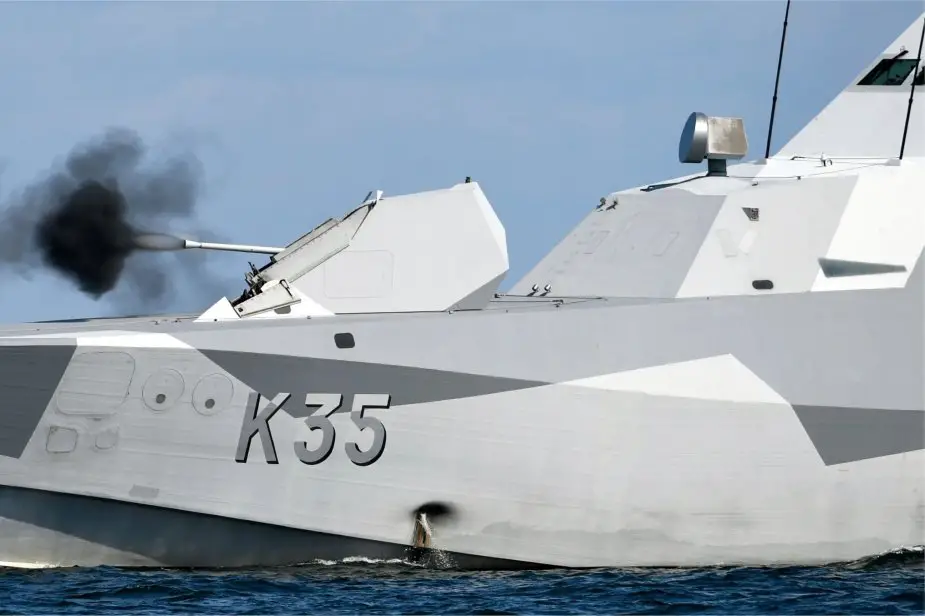Breaking news
Saab's CEROS 200 Fire Control Radar will be test by US Navy.
According to information published by Saab on August 23, 2022, the firm's CEROS 200 has arrived in the United States, from Sweden, for test and system demonstration by the U.S. Navy.
Follow Navy Recognition on Google News at this link
 CEROS 200 Fire Control Radar on the Swedish Visby class corvette HSwMS Karlstad (Picture source: Saab)
CEROS 200 Fire Control Radar on the Swedish Visby class corvette HSwMS Karlstad (Picture source: Saab)
CEROS 200 is multi-mission precision gunfire and missile control system for surface naval platforms that provide enhanced fire control target tracking by integrating multiple sensor types. More than 200 CEROS 200 systems have been produced for worldwide operations.
In the U.S., CEROS 200 will be used for system characterization and capability demonstrations against current and emerging threats. Saab's multi-mission radar systems operate on U.S. Navy and Coast Guard platforms.
Ceros 200 has been operated successfully in all conditions, from arctic to tropical, and can be combined with the 9LV Combat Management System (CMS) or Fire Control System (FCS) to provide precision control for any naval gun or Surface-to-Air (SAM) missile system.
Several Ceros 200, Eos 500 electro-optical tracking systems, gun fire control and missile control modules can be combined in a 9LV fire control subsystem, where operators dynamically allocate any combination of tracker and weapon to handle surrounding threats.
It incorporates CHASE, a patented method for processing complex radar target return signals from low flying targets – such as sea skimming missiles – to eliminate multipath effects.
The radar is available in a Continuous Wave Illuminator (CWI) configuration providing an additional x-band channel for target illumination and control of semi-active missiles. Combined with Saab’s gun fire control, Ceros 200 provides unparalleled accuracy for gun engagements
Depending on the clutter situation and Electronic Countermeasures (ECM) threat, the radar selects its frequency agility pattern between 32-pulse bursts and pulse doppler-signal processing, 4-pulse bursts and moving target indication processing, or pulse-to-pulse agility.
The pulse repetitive frequency and pulse width are selected depending on the proximity of the target. The digital receiver, in combination with the improved signal processing, enables a higher degree of flexibility of pulse length and waveform, e.g. for adapting to new threats.

























